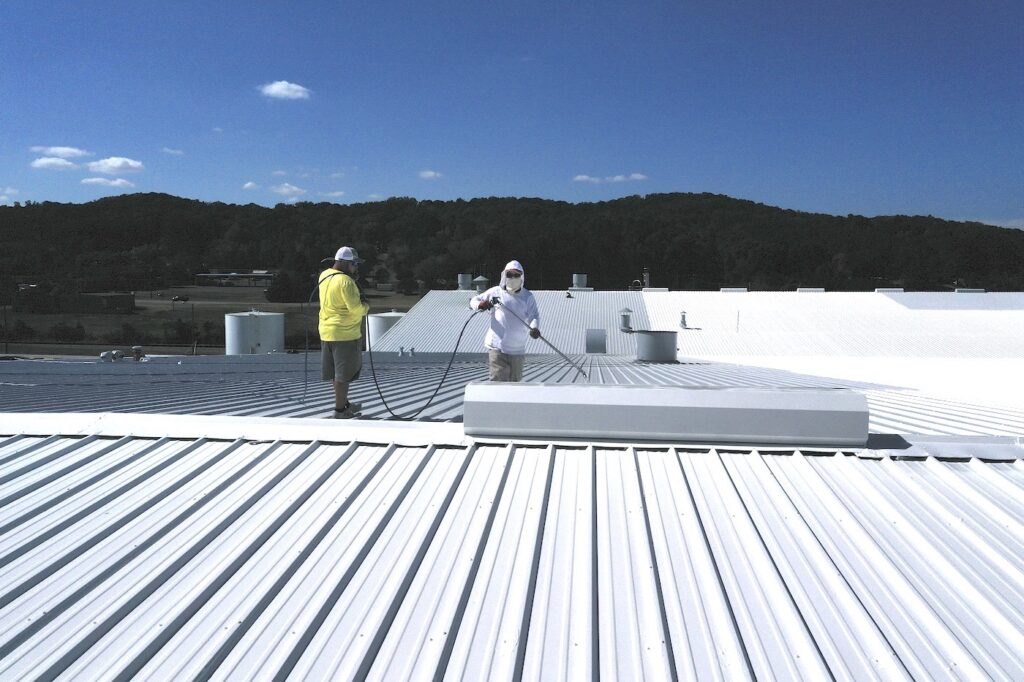We’re all familiar with the way that dark-colored objects absorb heat, from cars to clothing to asphalt. Yet we persist in roofing our buildings with dark-colored materials that trap heat and increase the cost of cooling interiors. A white roof can help to make your commercial or industrial building more comfortable, reduce your energy expenses, and even play a small role in reducing the rate of climate change. Obviously, any single roof will have minimal impact on a global phenomenon. But as part of concerted collective action, the effects could be dramatic.

Urban areas, with substantial concentrations of buildings, roads, and parking lots, often have significantly higher average temperatures than the spaces that surround them. These regions have been named “heat islands.” The Heat Island Group at Lawrence Berkeley National Laboratory (which is a Department of Energy Office of Science lab managed by the University of California), works on figuring out ways to reduce heat islands by cooling buildings, cities, and the planet by making roofs, pavement, and cars cooler in the sun.
According to this group, the adoption of reflective substances for roofing and pavements would counterbalance 18 years of the emissions generated by cars currently in use, which number 600 million.
Changing just one 1,000-square-foot roof to white can reduce air conditioner use by approximately 20%. That much cooling would otherwise generate roughly half a ton of carbon dioxide annually. If the working life of a roof is 20 years, the total reduction can be as high as 10 tons. In addition, the average temperature and smog level in the local area will fall.
The trade-off is reduction of the roof’s ability to absorb heat and reduce energy costs when temperatures fall. However, Heat Island Group researchers have found that the increase in heating bills during winters is never more than 30% of the savings on cooling. They concluded that a white roof would save money for the owner of any building that needs cooling in summer and heating in winter.
The industry term for a variety of reflective roofing materials and strategies is “cool roofing.” The best time to install a cool roof is when an existing roof needs replacement. If your current roof isn’t near the end of its useful life, a roof coating can provide similar effects. The resulting energy savings and the longer life of your roof will more than make up for the cost, between $0.50 and $1.00 per square foot.
The Heat Island Group has developed a Solar Reflectance Index (SRI) to allow comparisons of cool roofing materials. The SRI hasn’t been widely adopted yet, but you can learn more about products you are considering through the Lawrence Berkeley National Laboratory’s Cool Roofing Materials Database, which is available on their website. In addition, the Cool Roof Rating Council offers a product directory that includes scores.
The most immediate advantages of an elastomeric roof coating are those that will appear on your monthly energy bills – or, rather, won’t appear, in the form of lower costs. As more people become aware of these benefits, adoption of this technology is sure to spread. Our climate problems are too large to be solved by any single intervention, but it’s encouraging to be reminded that sometimes what’s best for a small private business can also be good for the community that surrounds and supports it.

Recent Comments